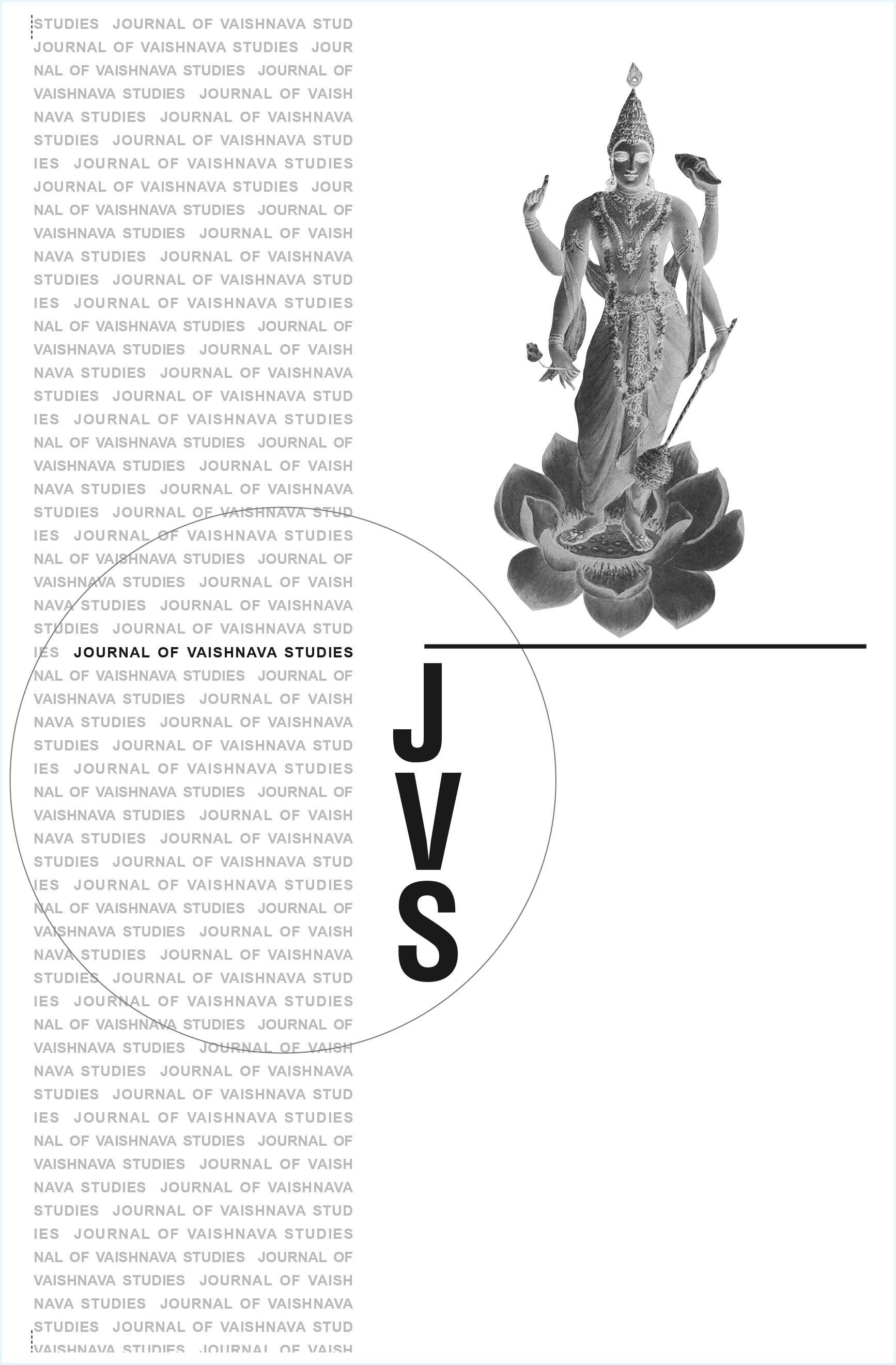Vaiṣṇava Sahajiyā Traditions
Keywords:
Vaiṣṇava Sahajiyā, Cosmic Substance, Vastu, Sahaja, Mukunda-deva, Amṛtaratnāvalī, Tantric Yoga, Medieval Bengal, Liberation, Cosmophysiology, Sādhana, Krishna, Radha, Gauḍīya VaiṣṇavismAbstract
The article, "Cosmic Substance in the Vaiṣṇava Sahajiyā Traditions of Medieval Bengal" by Glen Alexander Hayes, explores the central role of cosmic substance (vastu) in the Vaiṣṇava Sahajiyā traditions of medieval Bengal, a branch of "left-handed" Tantric yoga. It highlights how these traditions, in contrast to orthodox Gauḍīya Vaiṣṇavism, sought the sacred within the human body, focusing on ritual sexual intercourse between practitioners identified with Krishna and Radha. The article introduces Mukunda-deva's Mukunda-muktavali, particularly Amṛtaratnāvalī (The Necklace of Immortality), as a key text that synthesizes diverse influences to articulate a liberation path through mastery and transformation of cosmophysiological structures. It emphasizes the Sahajiyās' unique monistic and non-theistic cosmology, where Sahaja (the "together-born" state) is the ultimate substantive reality (Sahajavastu), and liberation is achieved by reversing the flow of cosmic substance "upwards against the current" (sroter ujana) through a series of yogic bodies via specific sādhana practices, including ritual sexuality.Published
1996-10-20
Issue
Section
Articles





